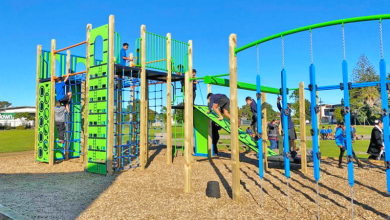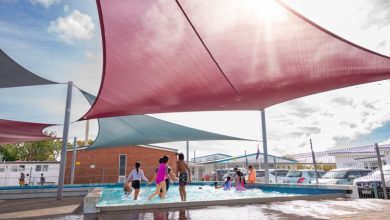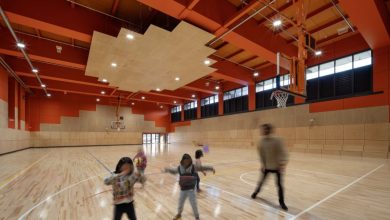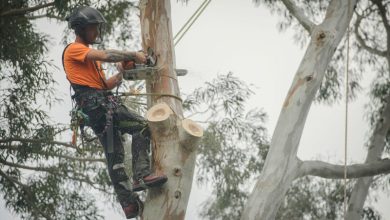Playgrounds: Physical activity vital for children
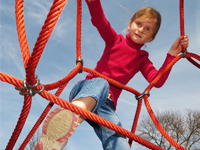
 Keeping our youngsters fit and active is a vitally important aspect of life in New Zealand.
Keeping our youngsters fit and active is a vitally important aspect of life in New Zealand.
According to New Zealand Physical Activity Guidelines developed by SPARC and the Ministries of Health and Education, children and young people between the ages of five and 18 years should do 60 minutes or more of moderate to vigorous physical activity throughout each day, and be active in as many ways as possible, for example through play, cultural activities, dance, sport, recreation, jobs, and going from place to place. They should spend fewer than two hours a day (out of school hours) in front of the television, computer and game console.
Children who are active will have stronger muscles and bones, be less likely to become overweight, have a reduced risk of developing type 2 diabetes, possibly have lower blood pressure and lower blood cholesterol levels, and have a better outlook on life – the result, happier, healthier children that are also more likely to be eager to learn.
In fact, research has shown a clear link between physical fitness in children and young people and higher IQ scores.
Fit, healthy children will also feel less stressed, have greater self-esteem and sleep better at night.
Well-designed school playgrounds can play an important role in promoting children’s fitness and health, giving them opportunities to explore and extend their physical abilities and build their confidence.
Playground designs are now far more advanced than they used to be, and these days, manufacturers look at all aspects of what a playground is built to achieve – the major factor being fitness – and incorporate that into their designs.
The three elements of a child’s fitness are endurance, strength and flexibility.
Endurance: Children love to make games a competition, racing each other around the playground, playing tag or competing on activities, all of which enhance their endurance.
Strength: Playground equipment that enables children to undertake strength-building activities would usually include motion, challenge and overhead equipment.
Flexibility: Activities that test children’s flexibility and challenge them to cross, climb, balance, weave or swing are both beneficial and fun to do.
When having playground equipment designed and installed, schools should make sure they select equipment that’s appropriate for the age and needs of their pupils, and they can do this by discussing their requirements with a reputable manufacturer.


